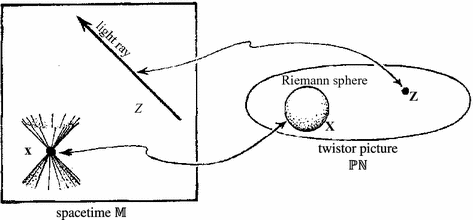- The Simons Foundation has some more wonderful interviews with mathematicians. There’s one with Pierre Deligne, and another with Robert MacPherson. The MacPherson piece describes not just mathematics, but also the unusual personal and professional collaboration of MacPherson and his student Mark Goresky.
- James Milne has a wonderful article explaining John Tate’s mathematical achievements, for the Abel Prize volume.
- Science Watch has an interview of Nima Arkani-Hamed by Gary Taubes, about supersymmetry, with Arkani-Hamed rather defensive on the topic. These Science Watch pieces are built around the researcher’s most highly-cited papers. In this case these would be not about supersymmetry, but about extra dimensions, and it would have been interesting to hear discussion of LHC results relevant to those. While extra dimensions at the TeV scale got a lot of attention from 2000 on, the topic disappeared from view once LHC results started arriving.
- Jim Holt’s book Why Does the World Exist? was reviewed on this blog here, and is now available. If you’re interested in Nothingness, you must read this book.
- OK, I can’t resist one Higgs-related item. One explanation for why Gordy Kane’s claims to have predicted the Higgs mass from string theory haven’t made it into recent media coverage of the Higgs is that not only do physicists not take it seriously (Matt Strassler characterizes this as “garbage and propaganda”), but even string phenomenologists feel “animosity” towards these claims. For more, see this report from a recent string phenomenology conference.
Update: One more. Oisin McGuinness pointed me to a new web-site at the IAS run by Dennis Hejhal, which has various hard-to-find material relevant to Atle Selberg. It includes an unpublished interview of Selberg by Betsy Devine (who is Frank Wilczek’s wife).
Update: Yet one more. A couple weeks ago the KITP hosted a talk by Nova’s Paula Apsell,their Journalist in Residence, entitled Controversy in Science. She covered the topics of Evolution, Climate Change, and the Multiverse. Go to about 43 minutes into the program for the segment on the multiverse, which dealt with Brian Greene’s hour-long program on the subject. David Gross objected strenuously to the program and how it was made, criticizing it for not distinguishing solid science from speculation, being manipulative and not seriously presenting the arguments of opponents. Gross explained that he had been interviewed for four hours for the program, but what went on the air was virtually all Brian’s point of view, with only a short bit from him which he felt didn’t represent his arguments. Joe Polchinski however thought it was just fine…


